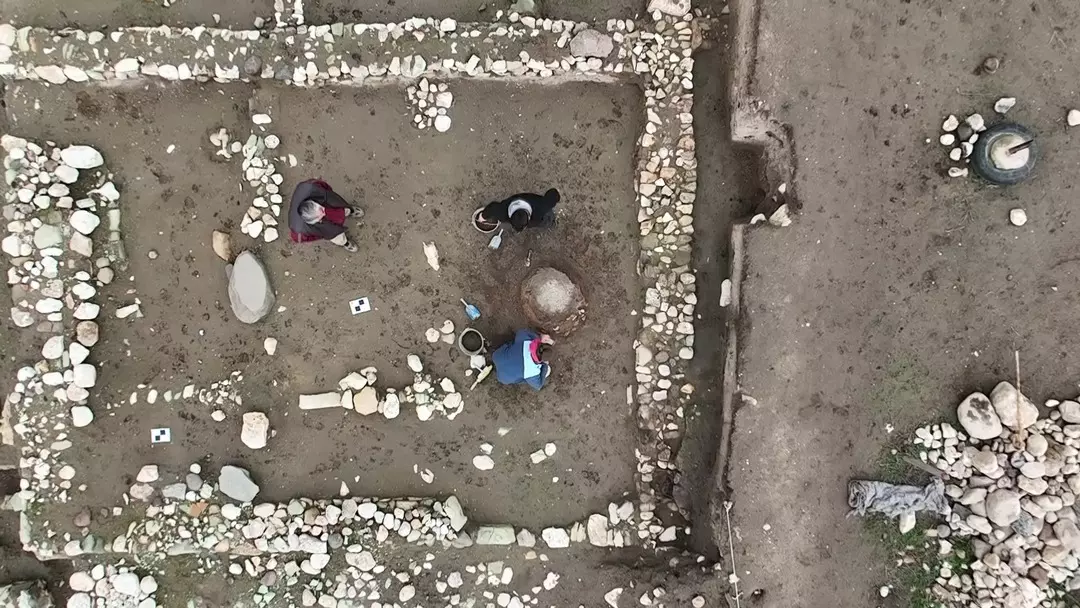The story of Pompeii’s destruction is renowned across the world. In 79 AD, this prosperous Roman town was destroyed by a massive, volcanic eruption. Pompeii became frozen in time, only to be rediscovered c.1500 years later.
Vesuvius’ eruption has preserved Pompeii in its final moments. The wealth of archaeology that has been unearthed over the past few centuries here is extraordinary. From gladiator graffiti to political adverts. And amidst all of this archaeology, we even have the names of actual Pompeiians surviving. The stories of everyday people - men and women - who lived and worked all around the town some 2,000 years ago. Not emperors, empresses and generals. But bakers, barmen and prostitutes whose stories are usually lost to history.
Tristan Hughes explores the stories of some of these men and women who called Pompeii home. Wealthy villa owners such as the entrepreneurial businesswoman Julia Felix, who owned a luxurious estate near the amphitheatre and converted part of her property into a restaurant. The plucky bar owner Sextus Amarantus, who imported wines from as far away as Gaza to sell at his establishment. Or the famous freeborn gladiator Marcus Attilius, who defeated a great champion in his very first arena fight.
In this video, Tristan steps inside one of Pompeii's infamous brothels, "Lupanar", known for the erotic paintings on its walls and its close association with Venus, a deity of sex and a mythological figure closely tied to prostitution.
Later, Tristan enters one of the oldest surviving Roman amphitheatres in Pompeii that was buried by the eruption of Vesuvius in 79 AD and explores the lives of those gladiators who risked their lives every time they stepped into the arena.






